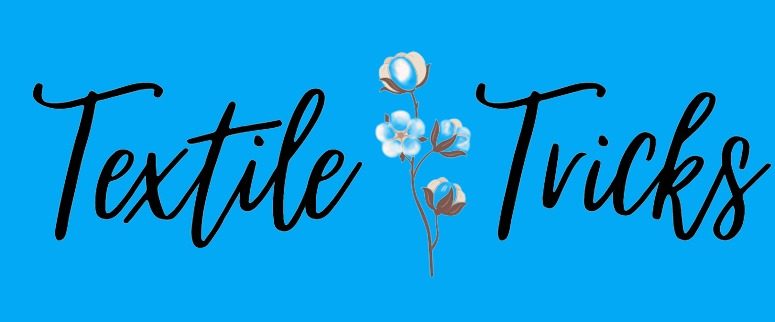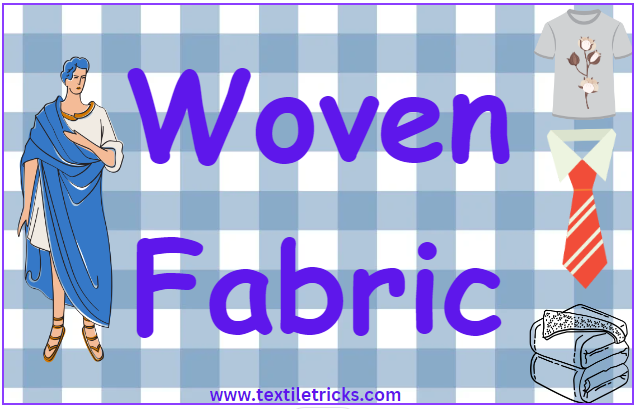Woven Fabric:
Woven Fabric is a type of textile material that is created by interlacing two or more sets of yarns at right angles to each other.
These type of fabrics are known for their strength, durability, and stability.
It comes in various types, patterns, and weights, ranging from lightweight and delicate fabrics. Some commonly used woven fabrics. It includes cotton, linen, silk, wool, polyester, and nylon.
History of Weaving:
Weaving is an art that has been practiced for thousands of years. The earliest application of weaving dates back to the Egyptian civilization some 6000 years ago. Over the years, both the process and the machine has undergone through changes. As of today, there is a wide range of looms being used, right from the simplest hand loom to the most sophisticated loom.

Properties of woven fabric:
Strength: Woven fabrics tend to be stronger than non-woven or knitted fabrics due to the interlacing of yarns.
Stability: Woven fabrics have minimal stretch ability, making them more stable and less prone to distortion.
Versatility: They come in a wide range of patterns, designs, and textures, making them suitable for various applications, including apparel, home furnishings, and industrial uses.
Breathability: Many woven fabrics allow air circulation due to the spaces created by the interlacing pattern, which can provide comfort and breathability in clothing.
Drapability: Depending on the fabric type, woven fabrics can have different levels of stiffness or drape, allowing for wide use in different garment styles.
Applications of Woven Fabric:
Woven fabrics have numerous applications across various industries. Here are some common applications of woven fabric:
Apparel: Clothing production widely uses woven fabrics. Manufacturers create garments such as shirts, dresses, trousers, skirts, suits, jackets, and more using these fabrics. Woven fabrics allow for a wide range of clothing styles, providing versatility in terms of design, pattern, and texture.
Home Furnishings: Home decoration and furnishings extensively employ these fabrics. They make curtains, upholstery fabrics, bed linens, tablecloths, pillow covers, and decorative fabrics for cushions and throws. Woven fabrics offer both aesthetic appeal and durability in home furnishing applications.
Industrial Use: Manufacturers use them in producing industrial workwear, protective clothing, and uniforms, where strength, durability, and safety are essential. Additionally, they use woven fabrics for filters, conveyor belts, canvas for tents and awnings, geotextiles for construction and landscaping, and much more.
Bags and Accessories: Manufacturers commonly use them to make bags, backpacks, totes, and luggage. These fabrics provide the necessary strength and durability for carrying heavy items. Additionally, they find utility in accessories such as belts, wallets, watch straps, and even footwear.
Automotive Industry: The automotive sector utilizes them for interior upholstery, seat covers, headliners, door panels, and other interior components. Woven fabrics offer durability, abrasion resistance, and a wide selection of colors and patterns.
Sports and Outdoor Gear: Hiking pants, jackets, athletic shorts, tents, backpacks, and other outdoor equipment commonly use them. These fabrics provide comfort, breathability, and moisture-wicking properties.
Medical and Healthcare: Our medical and healthcare industry relies on woven fabrics. Manufacturers use them in producing surgical gowns, bed sheets, blankets, bandages, and other medical textiles, playing a crucial role.”



Today, I went to the beach with my kids. I found a sea shell and gave it to my 4 year old daughter and said “You can hear the ocean if you put this to your ear.” She placed the shell to her ear and screamed. There was a hermit crab inside and it pinched her ear. She never wants to go back! LoL I know this is totally off topic but I had to tell someone!